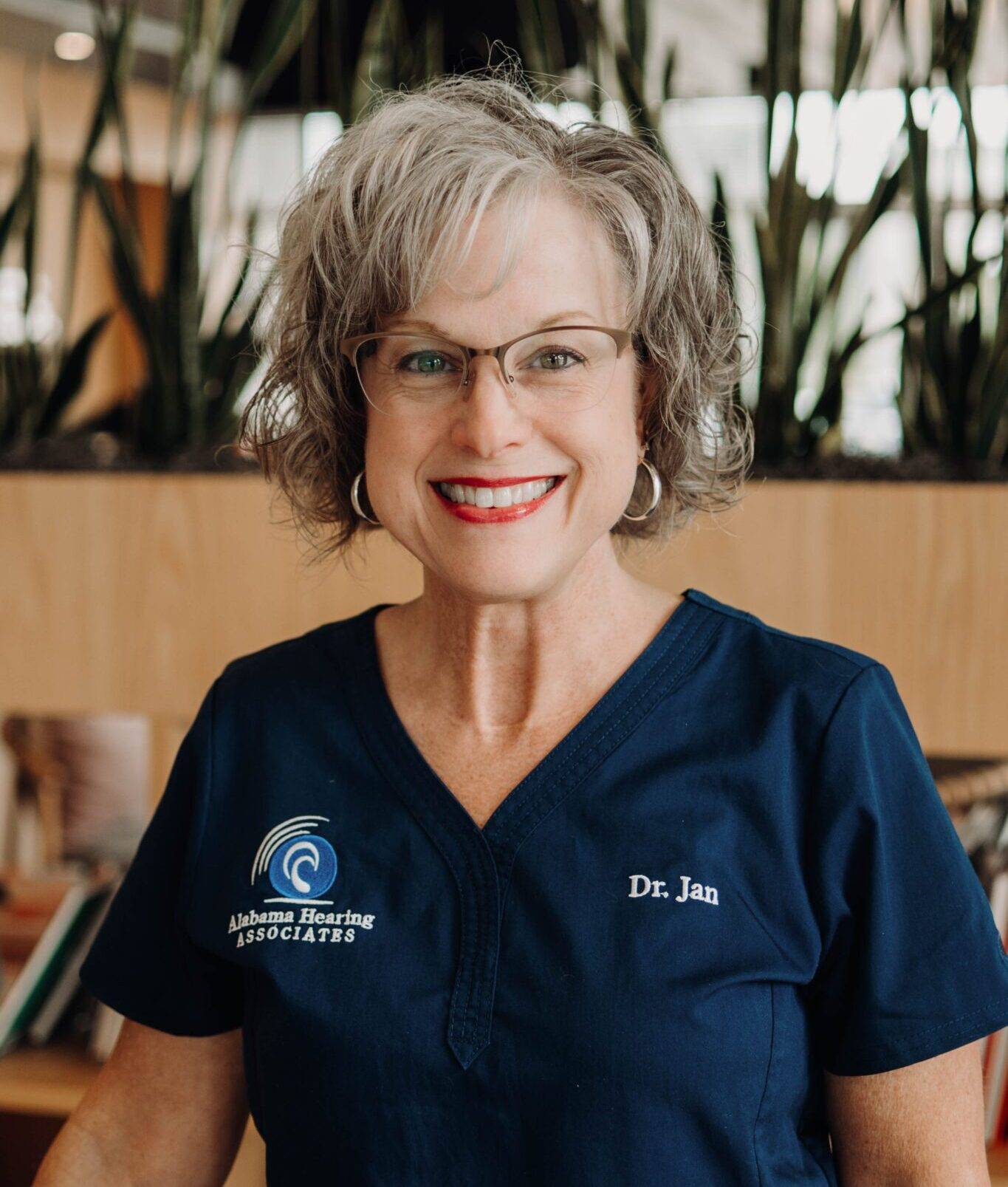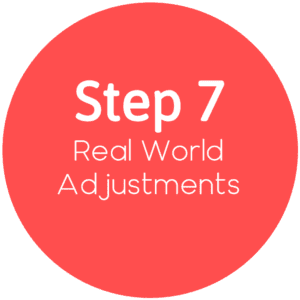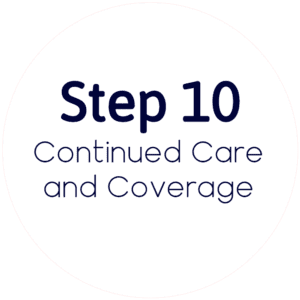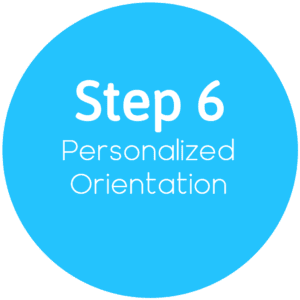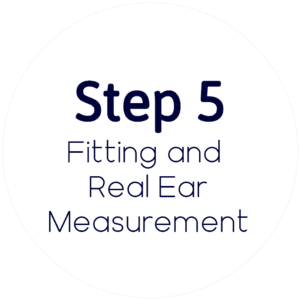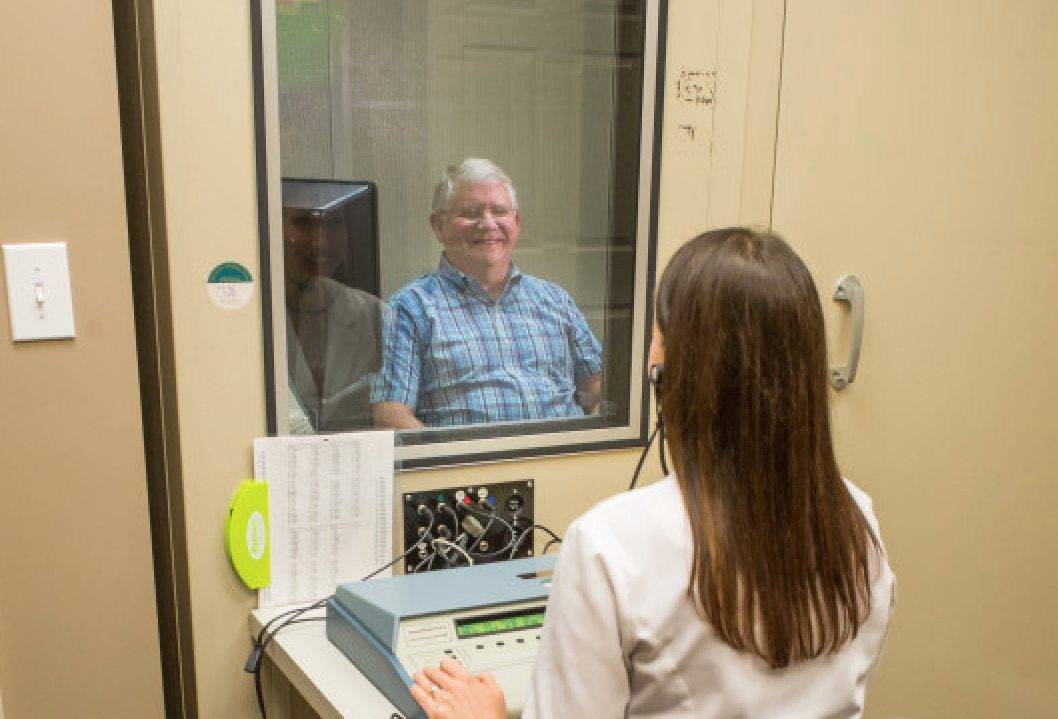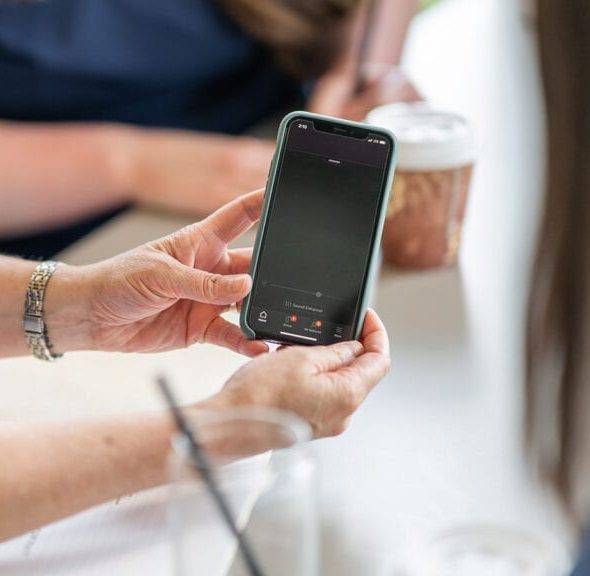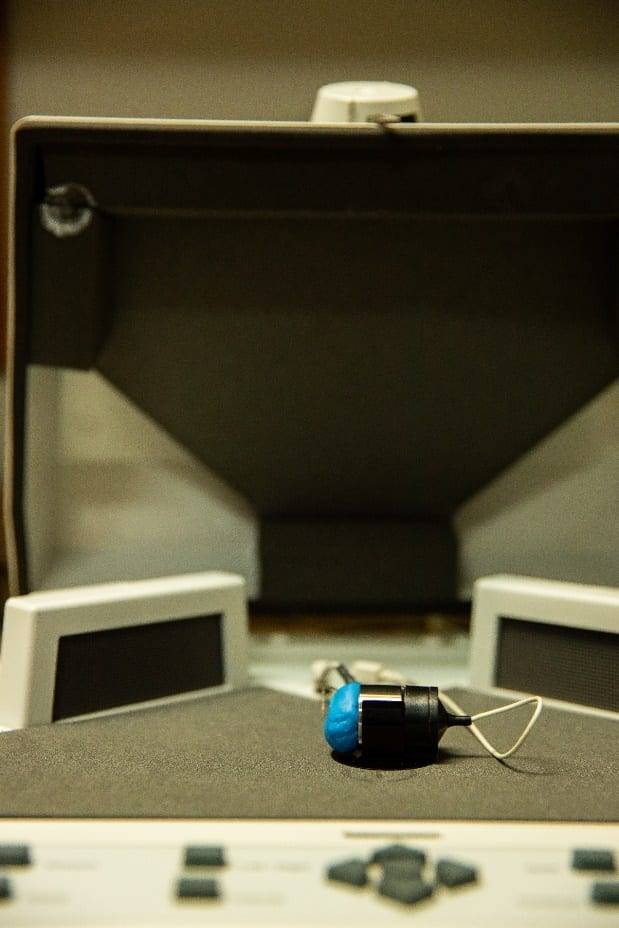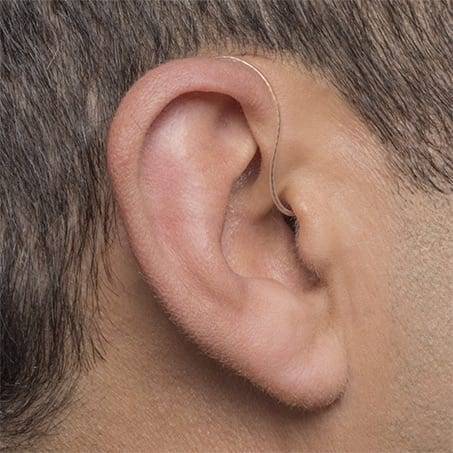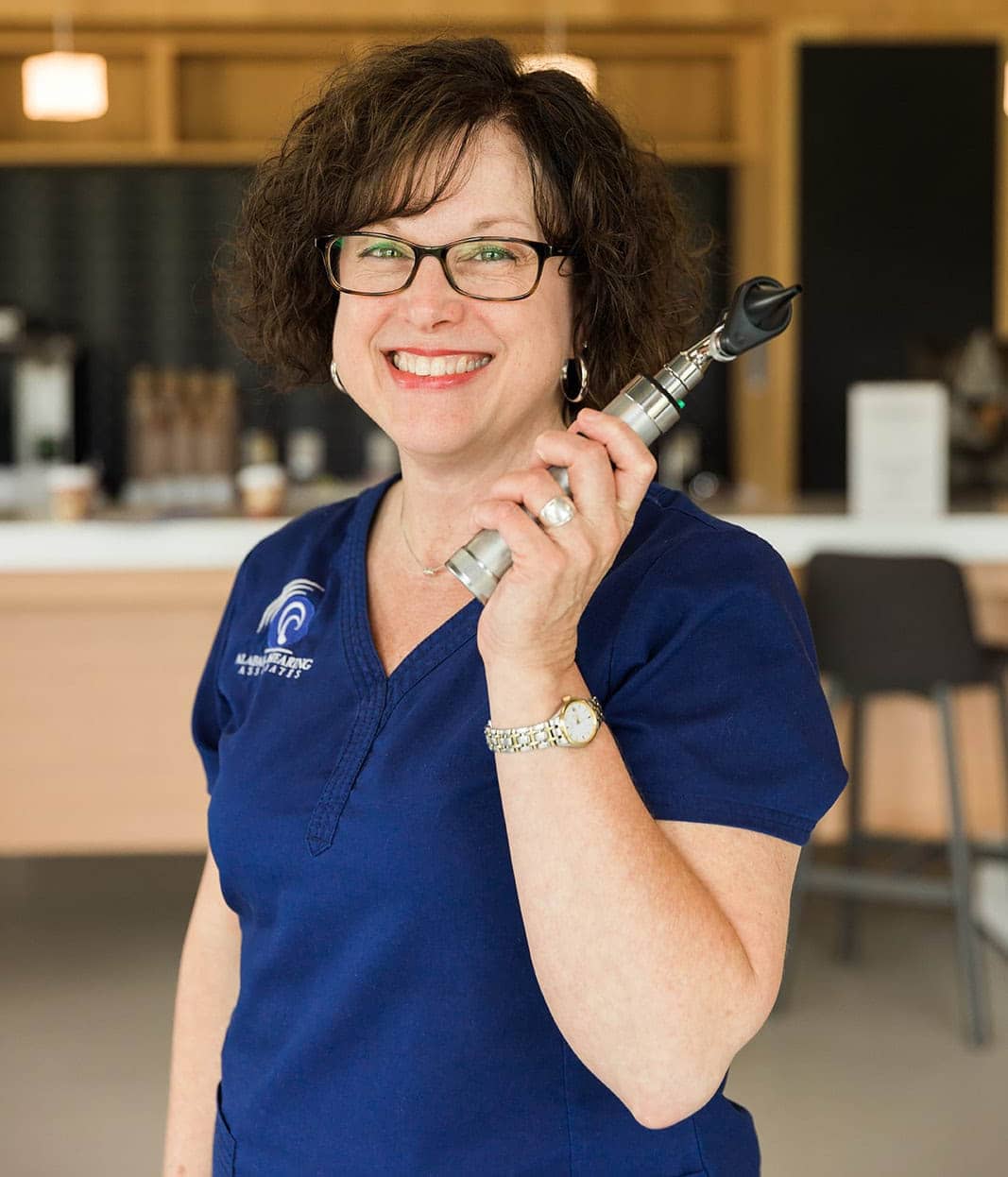Why Choose Us?

Five Benefits to Choosing Alabama Hearing
1. Functional Hearing Assessment
At Alabama Hearing Associates, we believe that hearing loss is a healthcare issue more than a commodity purchasing issue. Overwhelming research links untreated hearing loss to cognitive decline, falls risk, diabetes, cardiovascular disease, and more. A thorough evaluation of real-world, functional hearing ability is the critical first step.
Our Connect 365 Functional Hearing Assessment was developed for those who want a full and detailed assessment of communication, from ears to brain. People who want to ensure that there are no sacrifices or short cuts when it comes to medical care for themselves and their families can call us to schedule a Functional Hearing Assessment.
MC drove all the way from Chattanooga, TN for a Functional Hearing Assessment. Read what he has to say about his experience.
2. Cognitive Screening for Comprehensive Ear-Brain Assessment
3. 28 Years of Experience
The number one complaint of people who think they have a hearing loss is difficulty understanding speech in noise. Unfortunately, the basic “beep-beep” hearing test tells us nothing about real-world hearing ability. Another key part of our Functional Hearing Assessment is speech-in-noise testing, which measures how well you can understand speech in a real-world environment and how much listening effort is required.
This information helps us recommend the best treatment options for you, including hearing aid selection/programming, wireless accessories, and auditory rehab.
4. Best Practises
In 2006, the American Academy of Audiology published “Guidelines for the Audiologic Management of Adult Hearing Impairment.” These guidelines were intended to provide a set of standards or “Best Practices” for the assessment and treatment of hearing loss in adults. The goal for performing best practices is to increase the likelihood of patient satisfaction and benefit from hearing aids.
At Alabama Hearing Associates, we follow Best Practices from assessment to ongoing maintenance. In fact, we are the only clinic in Alabama to be certified members of Dr. Cliff’s Best Practice Pro Network!
A key best practice is real ear measurement, where we place a microphone in the ear with the hearing aid and take measurements at soft, medium, and loud volumes to make sure the hearing aid is meeting prescribed targets. It’s really the only way we can prove that hearing aids are providing adequate audibility for conversations. If you haven’t had real ear measurement, your hearing aids might not be helping as much as you’d like!
5. Giving Back in Our Community and Beyond
In January 2020, Alabama Hearing Associates joined Entheos Audiology Cooperative, a group of audiologists around the country who provide high-quality hearing healthcare to those in need, both locally and globally.
For several years, we have partnered with CASA of Madison County to provide hearing aids to low-income elderly patients, but with the help of Entheos and its non-profit fundraising arm, Hearing the Call, we are now able to extend our reach to all income-eligible adults in the Huntsville, AL area.
Hearing the Call – Rocket City is the only non-profit project in North Alabama bridging the gap between quality hearing healthcare and those in need. Every hearing aid purchased from Alabama Hearing Associates generates funds to extend a helping hand in our community and beyond!
Request a Callback
Do you have a question or would you like to speak to one of our hearing care experts? Please complete the form and we’ll call you back shortly.
I have an unusual hearing loss and have been to almost every audiologist in this area and have never received as much information and as much help for my hearing loss as Alabama Hearing Associates. They are extremely knowledgeable, thorough, and careful to program the hearing aids so that so that you get the best hearing experience possible. I can’t recommend them more highly. Thank you Doctor Susan and Doctor Sarah!!!
– Elaine Johnson
Meet The Team
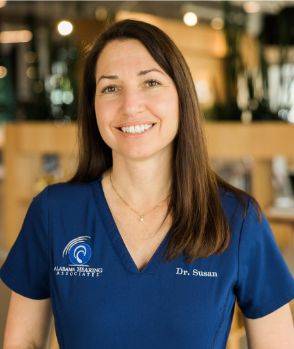
Dr. Susan Sheehy
Doctor of Audiology
Dr. Jan Liles
Doctor of Audiology

Dr. Sarah Kate Fisher
Doctor of Audiology

Dr. Brianna Thomas
Doctor of Audiology

Pam
Insurance Specialist

Stephanie
Patient Care Coordinator

DeAnn
Patient Care Coordinator

Laura
Patient Care Coordinator

Chris
Account and HR Manager

Sonya
PATIENT CARE COORDINATOR

Gabby
AUDIOLOGY ASSISTANT
YOUR JOURNEY TO
BETTER HEARING


